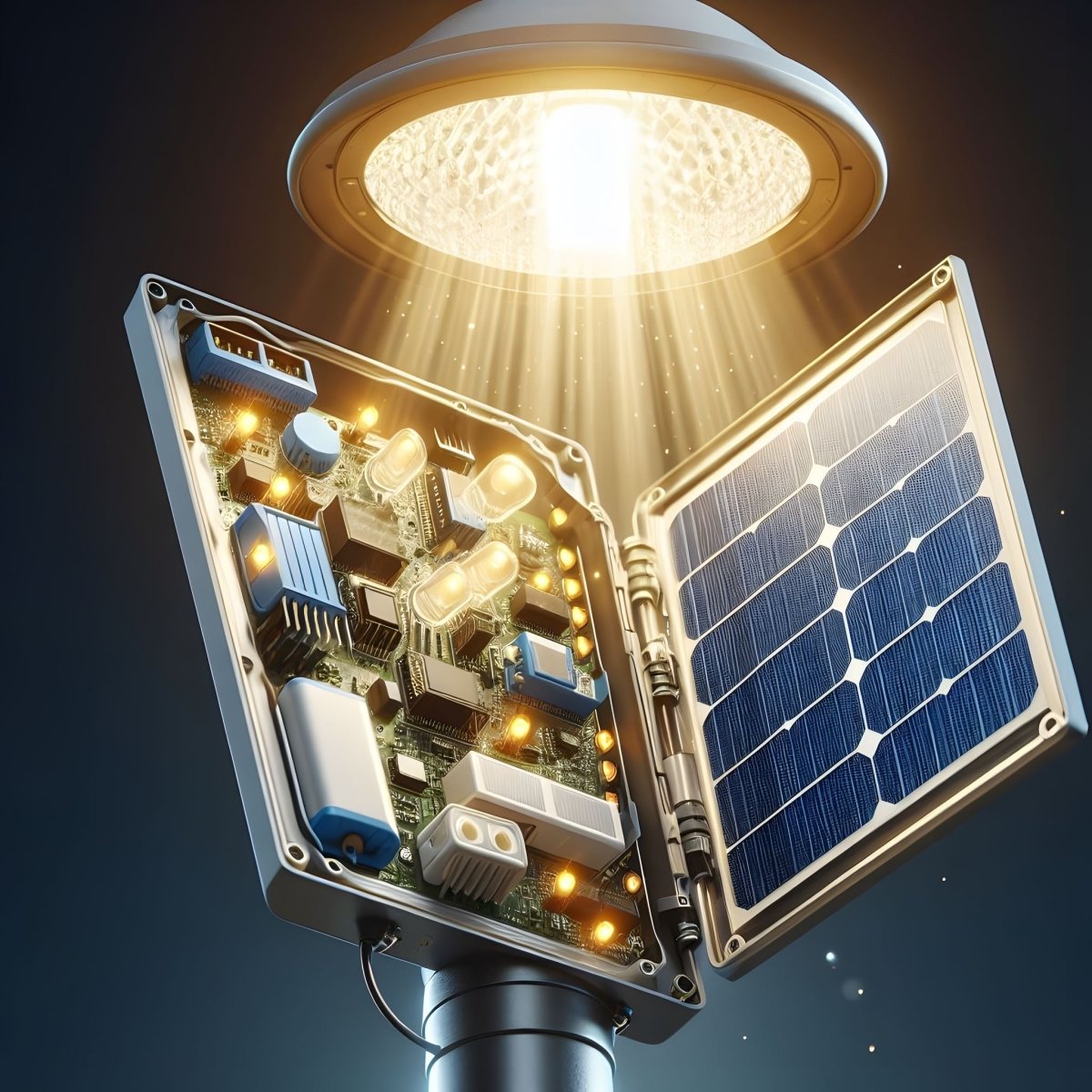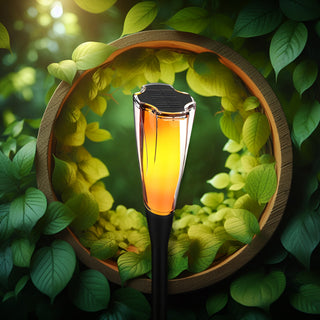Your cart is empty
Looks like you haven't added anything to your cart yet

How Are Solar Lights Powered ?
Solar lights are powered by harnessing energy from sunlight through solar panels. These solar panels, also known as photovoltaic (PV) panels, contain semiconductor materials that convert sunlight into electricity through the photovoltaic effect. When sunlight hits the solar panels, photons (light particles) are absorbed by the semiconductor material, causing electrons to be released. These electrons create an electric current, which is then captured and stored in rechargeable batteries within the solar lights. During the day, the solar panels continuously generate electricity from sunlight, which is stored in the batteries for later use. When ambient light levels decrease, such as at dusk or in dimly lit conditions, sensors within the solar lights detect the darkness and trigger the activation of LED bulbs. These bulbs are powered by the stored electricity in the batteries, providing illumination during the night. Overall, solar lights utilize renewable solar energy as their power source, making them an eco-friendly and sustainable lighting solution for outdoor spaces. Explore options for solar wall lighting solutions here.
- Choosing a selection results in a full page refresh.


